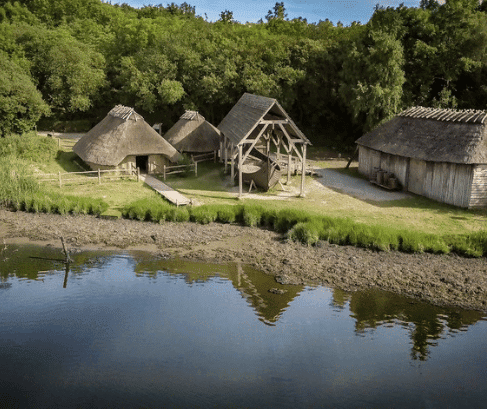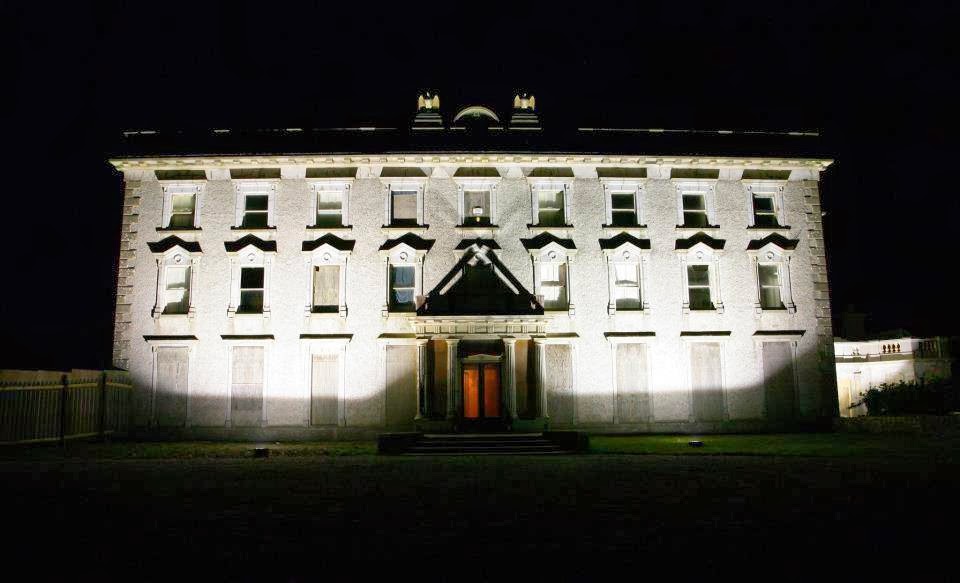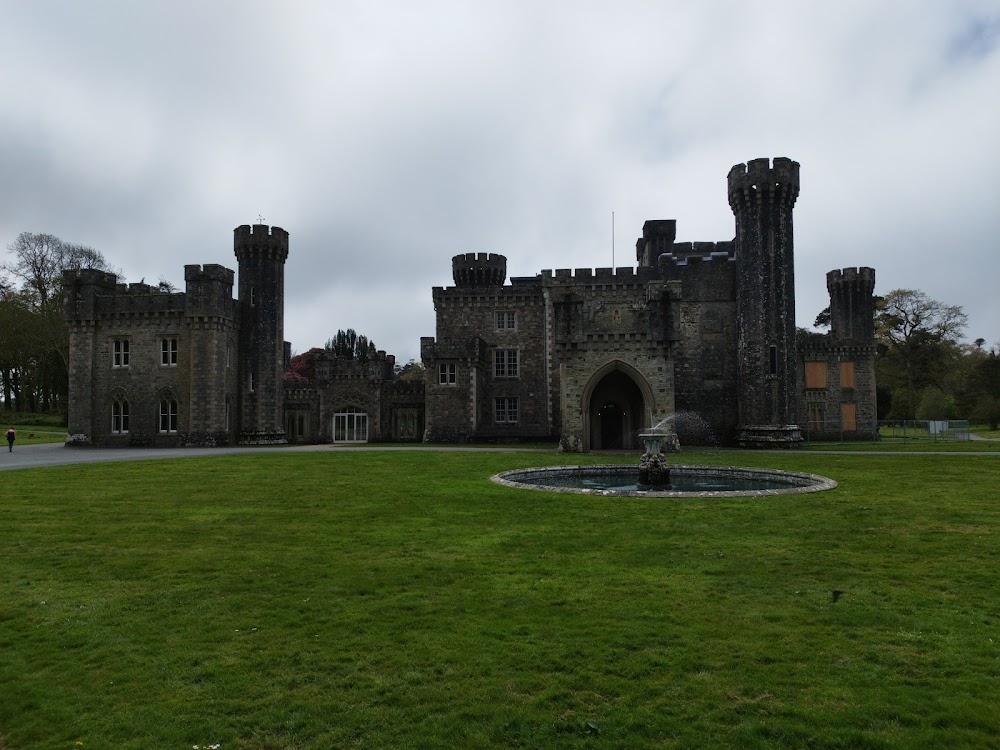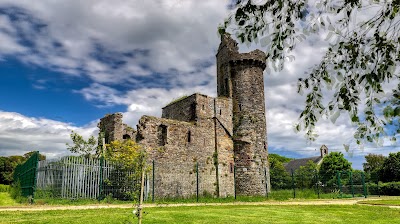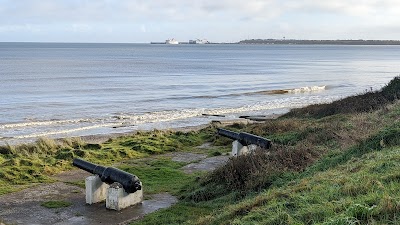Irish National Heritage Park (Páirc Oidhreachta Náisiúnta na hÉireann)
Related Places
Overview
The Irish National Heritage Park, located in Wexford, Ireland, is a captivating open-air museum that vividly brings to life the rich tapestry of Ireland's history, spanning over 9,000 years. Nestled amidst lush greenery and stunning landscapes, visitors can embark on a remarkable journey through time, experiencing life from prehistoric periods all the way to the arrival of the Normans in the 12th century.
The park's inception traces back to the 1970s when archaeologist Dr. Tom Fanning uncovered a treasure trove of artifacts in the Wexford area. These significant findings highlighted the region’s historical importance and ignited the vision of a heritage park dedicated to showcasing Ireland's storied past. By the early 1980s, collaboration among local historians, archaeologists, and the Wexford County Council led to the development of this remarkable cultural site.
Officially launched in 1987, the park spans an impressive 35 acres of woodland and wetland. Visitors can explore meticulously reconstructed historical settings, including ancient settlements, early Christian monasteries, and Viking houses, which collectively offer a vivid portrayal of how people lived, worked, and worshipped throughout the ages.
One of the park's standout features is the Mesolithic Area, which illustrates life for the first inhabitants of Ireland around 7,000 BC. Here, guests can view a replica of a hunter-gatherer camp, complete with tools, shelters, and cooking sites, providing an engaging glimpse into survival during those ancient times.
Another notable section is the Bronze Age Farmstead, showcasing huts, enclosures, and fields that highlight the transition from nomadic lifestyles to settled farming communities. Visitors can observe traditional farming techniques, such as crop cultivation and animal husbandry, which were foundational to early Irish society.
The Celtic Iron Age is represented through a striking life-size Crannóg—a fortified lake dwelling—and a Ringfort, both emblematic of the era. These reconstructions offer insights into the sophisticated defensive strategies and community organization that characterized this dynamic period.
The early Christian era is brought to life through monastic settlements, featuring round towers, high crosses, and modest stone churches. These structures symbolize Ireland's Golden Age of Saints and Scholars, where monastic communities flourished as centers of learning, art, and culture.
The Viking Age is vividly illustrated with reconstructions of a Viking house and longship, reflecting the profound influence and integration of Norse culture into Irish society. This section provides valuable insights into the daily lives, craftsmanship, and maritime skills of the Vikings who settled in Ireland.
Building the park involved extensive research and collaboration with scholars and craftsmen to ensure authentic representations. Traditional building materials and techniques were employed to recreate the structures faithfully. For instance, wattle and daub—woven wooden strips covered with clay—were used for walls, while thatched roofs were crafted from locally sourced reeds and straw, echoing the construction methods of ancient Ireland.
The park's mission goes beyond preservation; it aims to educate and engage visitors through interactive experiences. Regular demonstrations of traditional crafts, such as blacksmithing, pottery, and weaving, are complemented by reenactments and guided tours. These activities enhance the understanding of Ireland’s cultural and historical evolution, offering a hands-on learning experience for all ages.
Throughout the year, the park hosts various events and festivals celebrating Irish heritage, from traditional music and dance to craft fairs and historical reenactments. These lively events provide a dynamic and immersive way for visitors to connect with Ireland's rich traditions and history.
Sustainability is at the heart of the park’s operations, with dedicated efforts to preserve the natural beauty of the environment. This includes careful management of woodlands and wetlands, promoting biodiversity, and ensuring that reconstructions blend harmoniously into the landscape.
Today, the Irish National Heritage Park stands as a testament to Ireland's enduring legacy, offering a harmonious fusion of nature and history. It invites visitors to step back in time and experience the lives of those who shaped Ireland's past, making it a must-visit destination for anyone looking to delve into the island's rich heritage.


